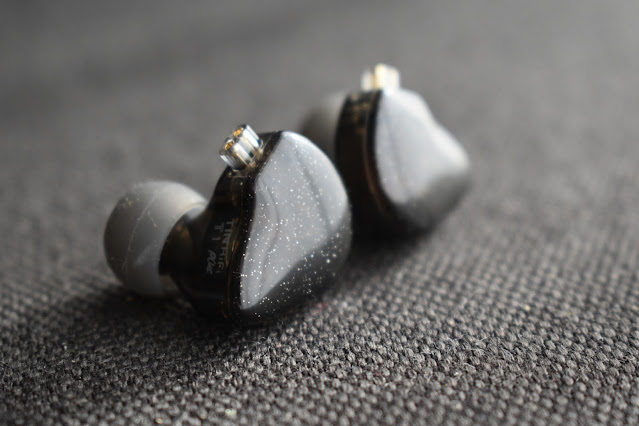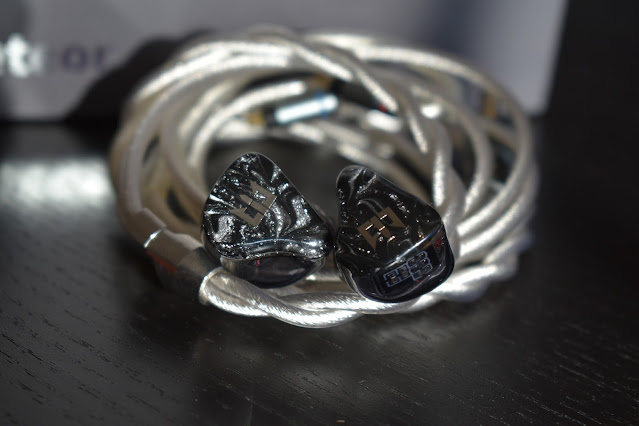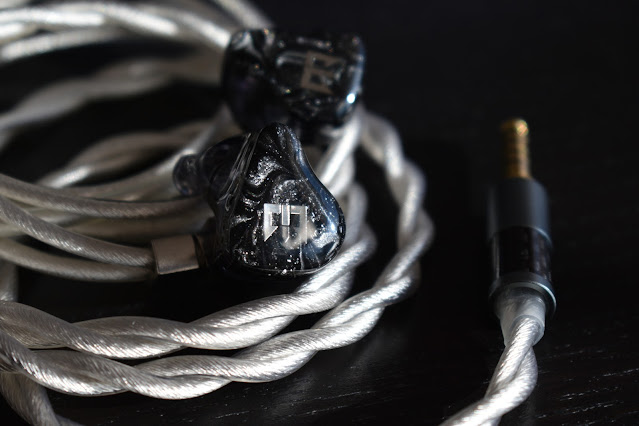CCA CRA
The CCA CRA have been sent to me free of charge by KZ, the brand behind CCA. The only request they have made is that I publish this review including a few links that I will post on my blog. They have not made any other requests or comments, therefore, this review will be the usual combination of being as sincere as possible and avoiding any bias, however, as I always point out in these cases, the IEMs did not cost me anything to try them out and that is something you should consider when reading (or watching) my review.
To see the links, you can visit the post on my blog (here) but they did also send me a discount code that you can use on their site which I will leave here. I actually don’t know how much the discount is but the code is: DRCRA
Intro…
If you are not really into the budget IEM market, you may not know that CCA are actually a brand that is part of KZ (Knowledge Zenith) and that their products are designed and manufactured by the same people. The reason for this is something that you would need to ask KZ about but my guess is that it allows them to cover more ground and, although they compete against themselves, if you are competing against yourself, you have more chances of winning ![]()
The reason I mention this, apart from sharing the info, is because I have reviewed quite a few KZ IEMs on Acho Reviews (and tried quite a few more that I haven’t reviewed) but I have never actually reviewed, or tried, a CCA product.
It is not that I have avoided CCA for any specific reason, it’s just that models sent to me for review have, coincidently, all been KZ and the models that I have purchased (which have been more than I have been sent!) have also been KZ.
Basically this means that I was expecting KZ style with a different name, which you could say that the CRA is (to a certain extent), but what if the best KZ is actually not a KZ?
Presentation…
The presentation of the CCA CRA is very similar to the usual KZ presentation. A simple white box that shows an image of the CRA on the front with some basic information on the back.
Removing the outer sleeve reveals the IEMs in a plastic cutout at the top, with another white box below them containing a couple of sets of tips, the cable and the usual KZ style warranty card.
There really isn’t anything exciting about unboxing the CRA, with the contents being the minimum that can be expected for the price which I haven’t mentioned yet but I probably should give this review some perspective, the CRA cost less than 20€!
Therefore, for the price, I really can’t complain about the contents or packaging as I would rather something at this price have 99% of the cost dedicated to the sound of the IEMs!
Build and aesthetics…
The CRA are IEMs that use a generic shape found on a lot of models but it is a shape that is ergonomically comfortable for most people, including myself. The interior of the shell is transparent with the faceplate being silver and a small transparent window to see the insides. They are also available in black for those who prefer them.
I must say that the aesthetics of the IEMs are simple but do have some thought and effort put into them, which I can’t complain about as I find the resulting looks to be non-offensive, with nothing that really stands out but doesn’t scream “cheap” either.
The included cable is the same as the cables that have been included in all the recent KZ models, with the wires covered in a transparent silicon type material. I will say the same here as I have said in other reviews of IEMs using the same cable: it is not the best cable in the world but it is miles ahead of the older style cables that they used to include and I feel that it is more than adequate for the IEMs.
Sound…
Let me start off by sharing the first thought that came to mind when I first tried the CRA, “ Wow! These have a lot of bass! ”. If you have followed any of my other reviews (or ramblings) in the past, you will probably think that this will lead to me saying that these IEMs are not for me, as I don’t like bass. But that is not the case.
Let me just clear up the part about not liking bass first. It is not that I don’t like bass, I love bass, I’m a bass player! What I don’t like is bass that takes over the sound, making itself the center of attention. Sometimes I will be in the mood for a bass boost but in general I prefer a bass that is good while not taking over the whole sound signature. There are plenty of models out there with lots of bass that manage to keep themselves balanced at the same time, mainly because they have good bass that they control and not an exaggerated uncontrolled low end.
I have to say that the CRA are a set of IEMs with lots of bass but it is well controlled, clean, detailed and does not take the rest of the sound signature hostage. So, let’s take a look at the usual frequency ranges and my opinions of them.
Starting with the sub bass frequencies I feel is a good description as the lowest of notes on the CRA are also the most elevated. I like an increase in subbass as we get lower as this counteracts the natural hearing roll off, making things still seem balanced. The CRA have a subbass that is more than an increase, it is actually the start of a long slope that drops at the same consistency all the way to almost the center of the mids. If you look at the graph, you will see what looks like a ramp that spans from the lowest of notes (20Hz on the graph) to almost 800Hz.
Now, if I had looked at this graph before listening to the CRA, I would have immediately dismissed them as being far too bassy and probably muddy for my tastes. The thing about receiving things for review sent by others is that I (mostly) don’t get to choose what they send and this, for better or for worse, means I get to spend time with stuff that I would usually not choose. This is one of those cases, also being one of the occasions when I didn’t get what I expected (which is not always bad!).
Due to the way that the subbass and midbass (and even the lower mids) are presented, I really need to lump the subbass and midbass together as I feel they are one big part of the sound signature of these IEMs, so let’s just refer to bass in general in this review.
The bass is elevated, without doubt, being far more present than I would ever choose but at the same time, the bass is clean, articulate, controlled and… well… good. I found that these IEMs inspired me to listen to some old school Hip Hop (80s and 90s) and I found myself enjoying the sound signature of some of the better recorded stuff, such as Tupac, Snoop Dogg, etc. However, I will say that the stuff that is not well recorded, many times due to the bad quality of samples used for the instrumentals, does not translate well on the CRA. These IEMs do have a way of pinpointing issues in the bass areas, which is a good thing if you listen to well recorded music. If you are looking for something that boosts the bass on an early Eminem mixtape, then these are not the best candidate.
Listening to other styles of music, such as the acoustic based music that I usually listen to, I did find them to be a little bass heavy but not really offensive. For example, “Way Down Deep” by Jennifer Warnes, has some bass hits that can be very overpowering with bass boosted IEMs, but with the CRA it was still a pleasant listen, even with a little too much bass.
Moving over to something a little more electronic, such as “Sun is Shining” by Bob Marley & Robin Schulz, again there is far more bass than is needed but it doesn’t take over the sound and make itself the centre of attention. The bass is clean enough to let the remaining other frequencies break through without feeling that they are totally disconnected.
Obviously I couldn’t skip over my usual “sub”test on a set like this, which is “Chameleon”. There is a wall of bass with this track, as is to be expected, but it actually controls the low end on this track much better than some other sets with much less bass.
Moving on to the mids (finally!), these IEMs do have a V shaped tuning to them, with the lowest part being found around the 800Hz mark. Starting off with the transition, this is remarkably clean if we take into consideration what I would expect from the graph. However, the cleanliness of the low end again works in the CRA’s favour to not cause a sensation of muddyness or bleed. It may not be the cleanest transition ever but it is certainly not something I would complain about.
After the 800Hz mark, the presence starts to climb towards being more present in the higher mids. This is again a smooth rise and the presence around 3kHz is enough to bring voices forward a little but the highest point is around the 4kHz to 5kHz range. I feel that this helps even more with the presence when that huge low end is happening. When songs have less bass presence, I was expecting the voices to be a lot harsher and fatiguing but to be totally honest, they are not actually that bad at all. I was expecting Sara Bareilles to sound a lot harsher on her live cover of “Sittin’ on the Dock of the Bay” but she was actually quite and enjoyable listen, even though it is not the best presentation of her vocals, it is still rather impressive for a 20€ set of IEMs with this kind of tuning.
Up in the treble there is another little peak of presence that adds a some sense of air and extension in the higher ranges. The extension of the highest ranges is not spectacular but is better than a lot of other single dynamic options, with that little peak that seems to increase the sensation. This can cause some sibilance with certain tracks and voices, for example “El Cuenta Cuentos” by Nach has quite a bit of sibilance, especially if raising the volume a little. The typical test of “Code Cool” is proof that the sibilance is just a little too much.
Soundstage is on average with the majority of IEMs in the lower price brackets. It is not terrible but does not present itself as wide and open. Inside the space the placement is actually not bad though. They seem to do a fairly good job of separating layers and placing images in a way that make it seem like there is a little more space than there actually is. “Strange Fruit” is nicely presented and it is easy to place each of the voices, as it is also easy to get a feel for the live recording by Sara Bareilles I mentioned a moment ago.
Detail is also more than acceptable for an IEM at his price range, in fact, I would say that it is acceptable for IEMs that sit in a much higher price range. Things like string slides, microphone placements, or even the noise of the room that “Sittin’ on the Dock of the Bay” was recorded in, are all easily identified on the CRA.
Conclusion…
Ok, so we have a budget set of IEMs with a crazy amount of bass on tap and I don’t dislike them, in fact, I actually like them quite a bit. They are not a set of IEMs that I would personally use all the time (you all know my tuning preferences by now) but the time I have used them over this past week has been a very pleasurable experience and they are going to become another new reference point for me.
If the Titan S that I reviewed recently have become a reference point for me for their tuning and build at that price point, the CCA CRA are a reference point for me as to how to get a huge amount of bass into a budget IEM and avoid it taking the rest of the sound as a hostage.
Yes, there is a bit of sibilance that can irritate me but is more than tolerable, especially if avoiding sibilant tracks. The build is decent enough, the comfort is fine and the whole package is just a decent option.
If you are looking for a budget set of IEMs that has enough bass for even the biggest of bass heads but is still coherent and well presented, the CCA CRA are a great option. I am sure that these IEMs will make a lot of people happy.
As with all my reviews, this is also available in Spanish on my blog (here) and on YouTube (here)












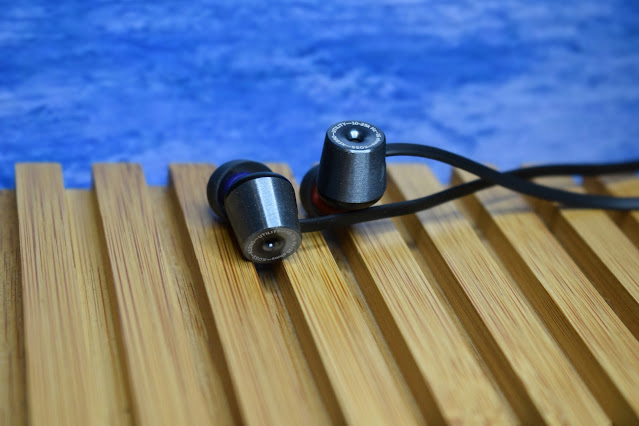
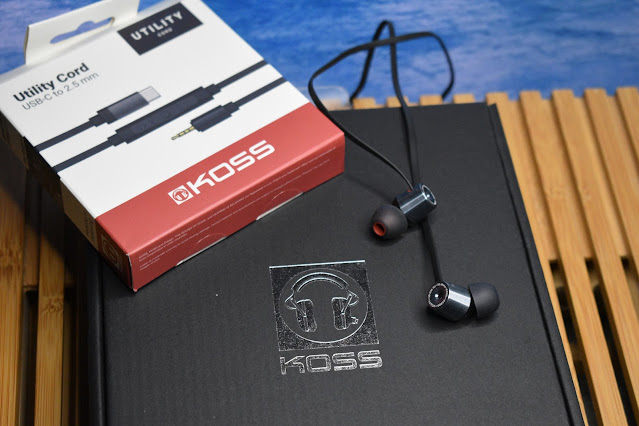
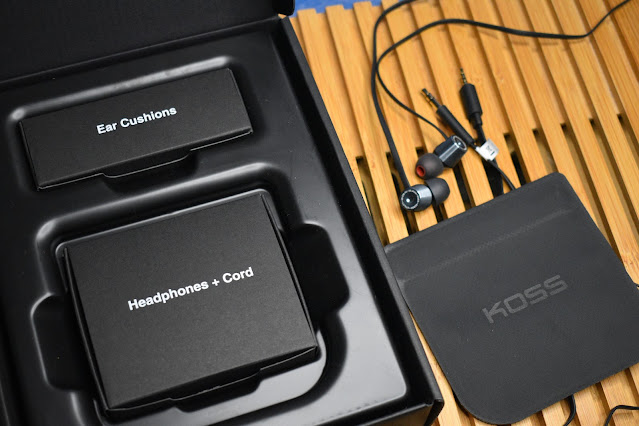
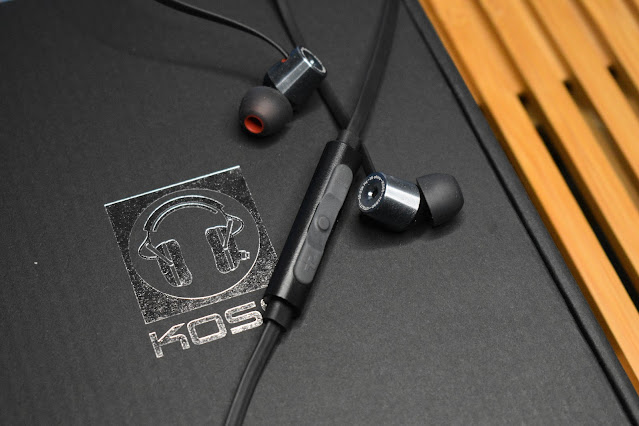


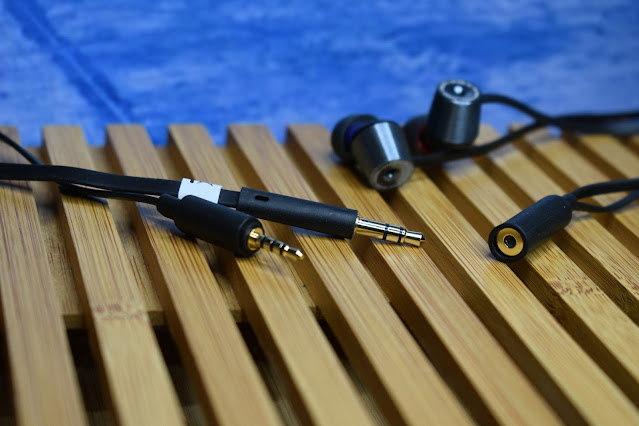

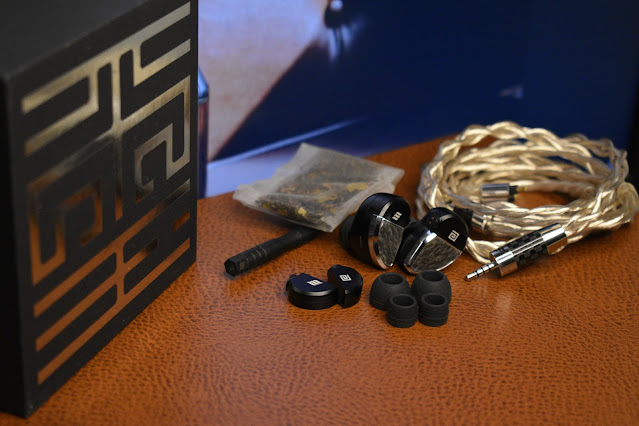
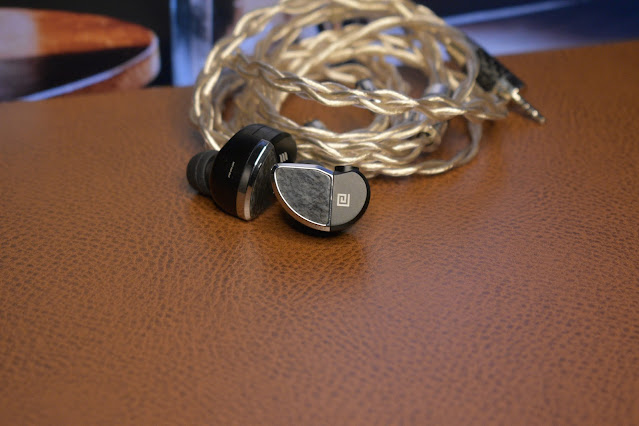


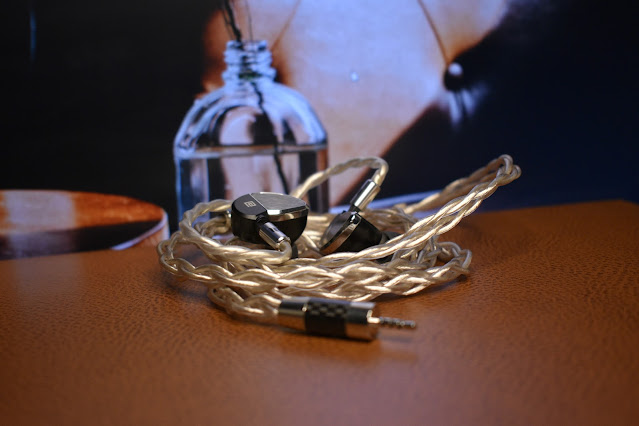


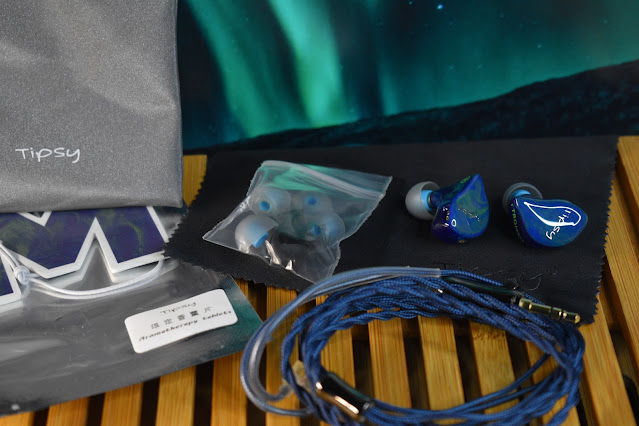
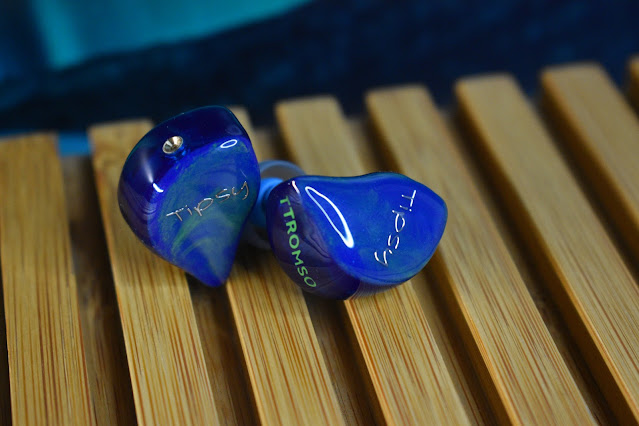
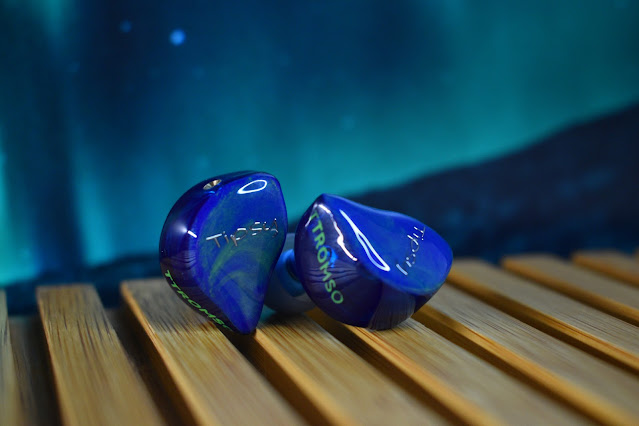
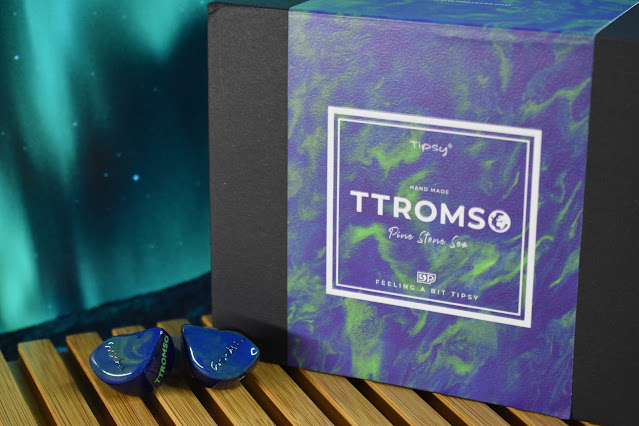
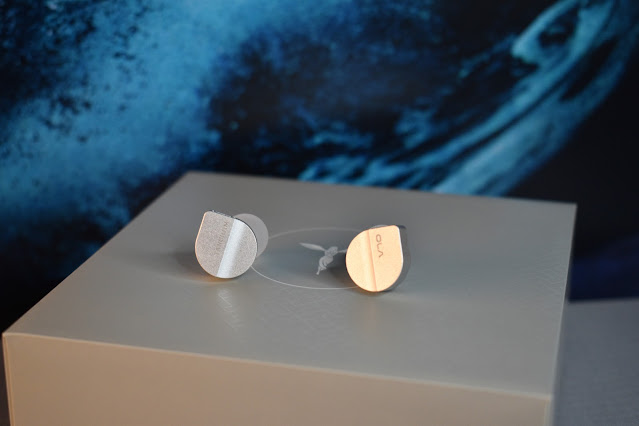








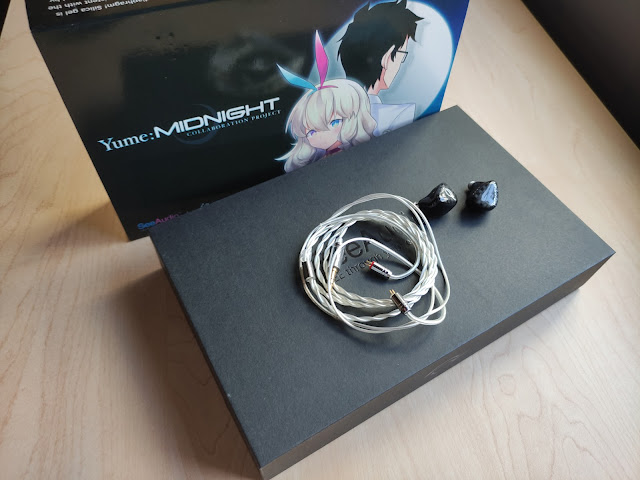


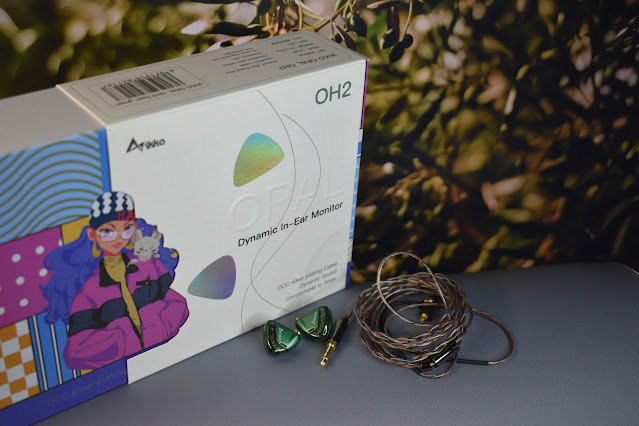


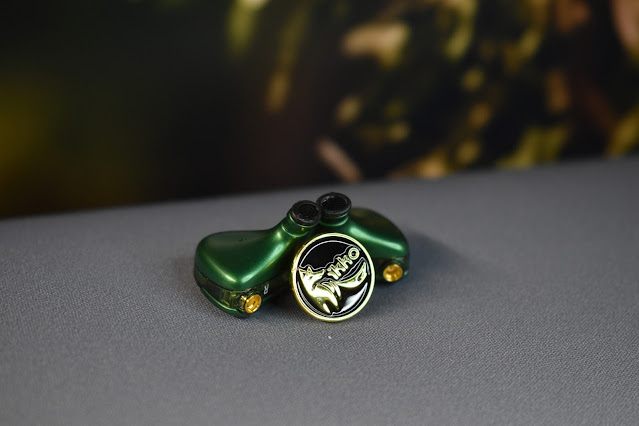
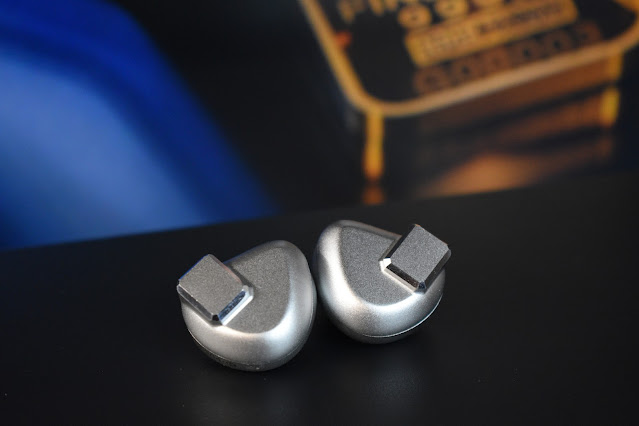




.png)
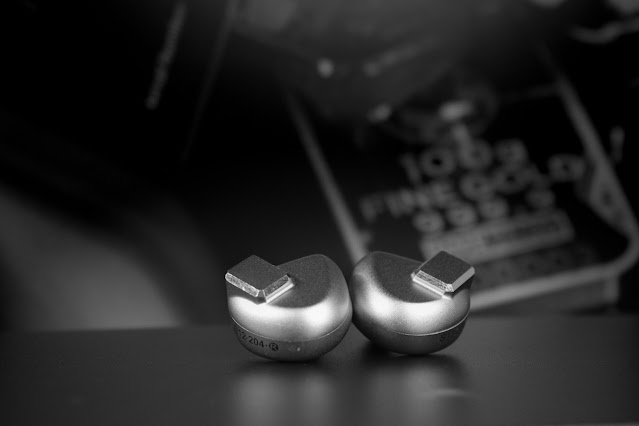

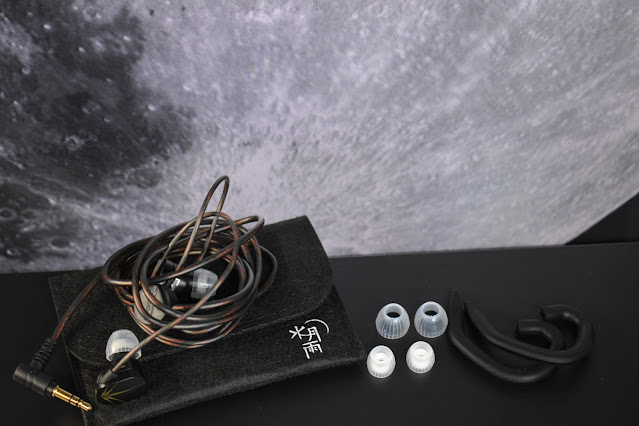

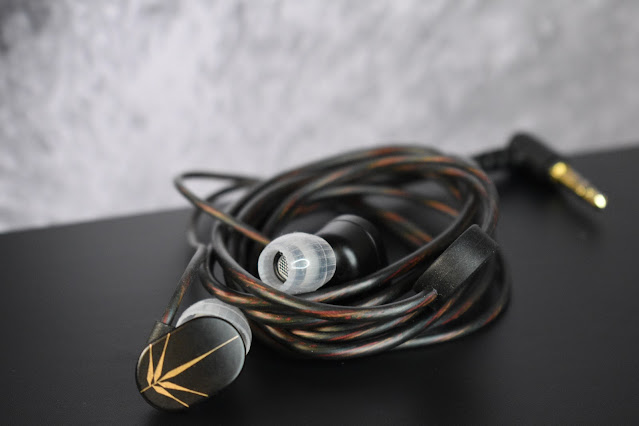
.png)








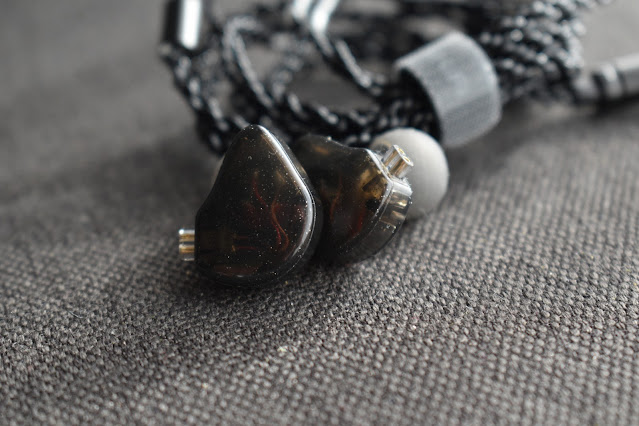
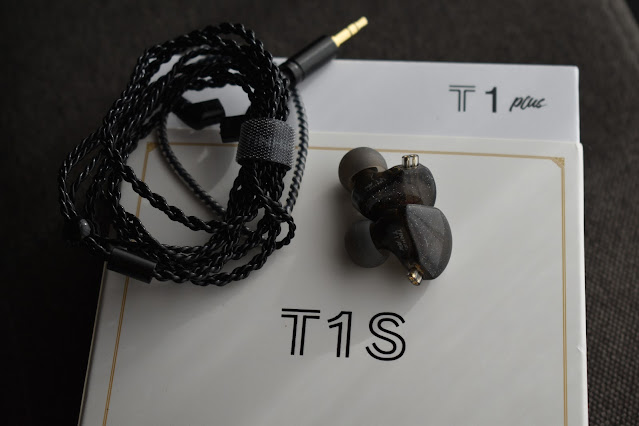


.png)
